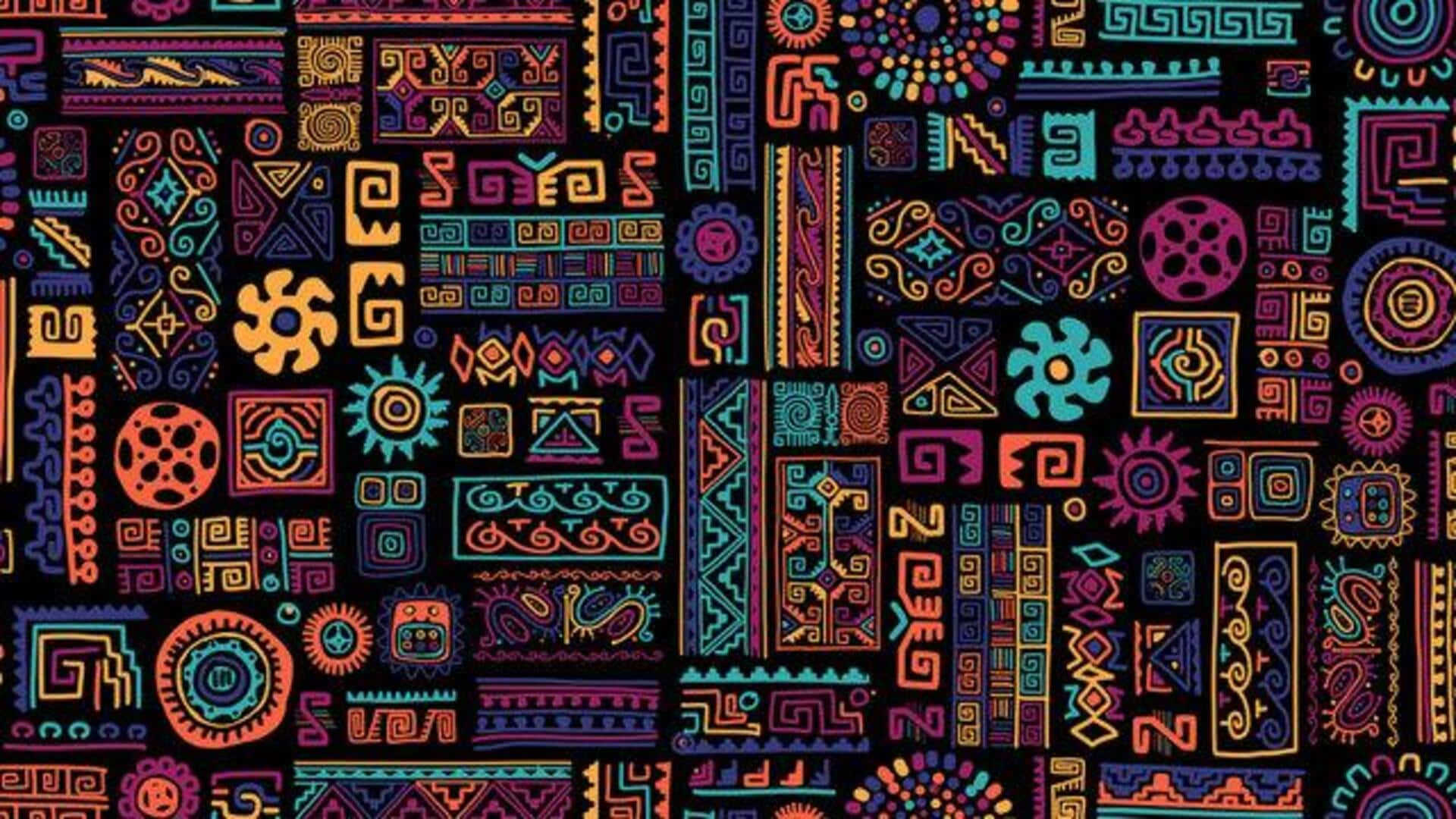
How to create beautiful patterns with natural dyes
What's the story
African patterns are famous for their vibrant colors and intricate designs. These patterns can be recreated using natural dyes, which are eco-friendly and easy to work with. By using materials like plants, seeds, and minerals, you can create a palette that reflects the rich cultural heritage of Africa. This guide will take you through the steps to create these patterns using natural dyes.
#1
Sourcing natural dye materials
To create authentic African patterns, you need to source natural dye materials from your surroundings. Common sources include turmeric for yellow, indigo leaves for blue, and hibiscus flowers for red. These materials are usually available at local markets or can be grown in home gardens. Make sure the materials are organic to ensure the purity of the dye.
#2
Preparing your dye solutions
Once you have your natural materials, it's time to prepare dye solutions. Start by boiling the plant material in water until you get a rich color. Strain the mixture to remove solid particles before using it as a dye bath. For deeper colors, you can repeat the process or leave fabrics in the dye bath longer.
#3
Designing with traditional patterns
African patterns are all about geometric shapes and symbolic motifs. To get the designs right, use stencils or stamps made from wood or rubber. You can also try hand-painting with brushes made from natural fibers. This way, you can ensure that each piece is unique while staying true to traditional aesthetics.
#4
Setting and fixing your dyes
To make sure your vibrant colors last, it's important to set and fix your dyes properly. After dyeing your fabric, rinse it in cold water mixed with vinegar or salt. This helps to set the color. Then, let it air-dry away from direct sunlight to avoid fading. These steps are crucial for keeping the integrity of your African-patterned creations intact, ensuring they remain colorful and durable over time.